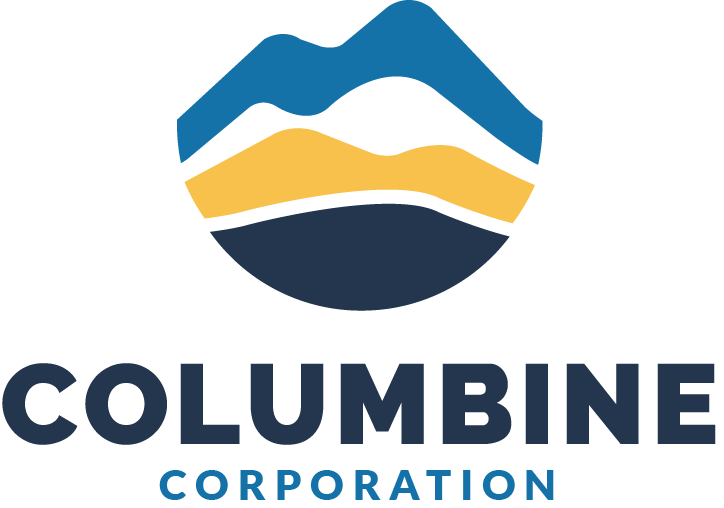OUR TRAINING PROGRAM ELEVATES US
Columbine Corporation offers a complete lab and field training program for new and advancing geologists. Wellsite geologists spend an average of four days with in-house training in our training centers. Region-specific training occurs in the field through hands-on experience with seasoned geologists. Advanced training is available on demand for specialized services.
IN-HOUSE MUD LOGGING AND WELLSITE GEOLOGY TRAINING
For in-house wellsite geology training, day one covers company culture, administrative tasks, wellsite working environments, and an introduction to gas analyzing equipment. Day two goes through advanced gas analyzing equipment and software, basin-specific information, and mudlogging standards. Day three includes hands-on sampling techniques and familiarization and orientation to mudlogging software. Day four focuses on final deliverables offered to clients, safety and workplace policies and expectations, employee benefits, job expectations, and other administrative tasks and trainings. A fifth day is reserved for safety trainings such as SafeLand USA, First Aid/CPR and AED, and H2S, for certifications by licensed providers.
FIELD TRAINING
Field training for wellsite geology is individual-specific based on previous experience and personal aptitude for the job tasks required. New hires are typically mentored by current senior geologists on rig sites for an initial training period. Once training has been completed at the expected performance level and the new hire is accustomed to the work and life style, the next phase of his or her career is placement as a second geologist.
mENTORSHIP
Geologists are mentored under seasoned, lead geologists. Seconds are typically rotated across several different working environments and configurations to gain a broad spectrum of knowledge for development of their own unique styles and skills. It is up to the individual to maximize his or her opportunities within Columbine, taking the job duties upon him or herself to excel as a wellsite geologist or geosteerer.
Progressively, once a second has mastered all the tasks and responsibilities as a second geologist, the career advancement path is to become a lead geologist and possibly add additional or advanced skills. Lead geologists take on more responsibilities and have greater opportunity for flexibility and control within the wellsite working environment.
GEOSTEERING AND ADVANCED GAS DETECTION
Advanced training includes geosteering techniques and applications, mass spectrometry, calcimetry, shale density, and cuttings gas analysis. Wellsite geosteering training includes real-time geologic interpretation, export/import of survey data, and metrics and reporting on target zones to aid the client geologist in critical drilling decisions. From wellsite geosteering, employees have the opportunity to advance into the remote geosteering command center.


